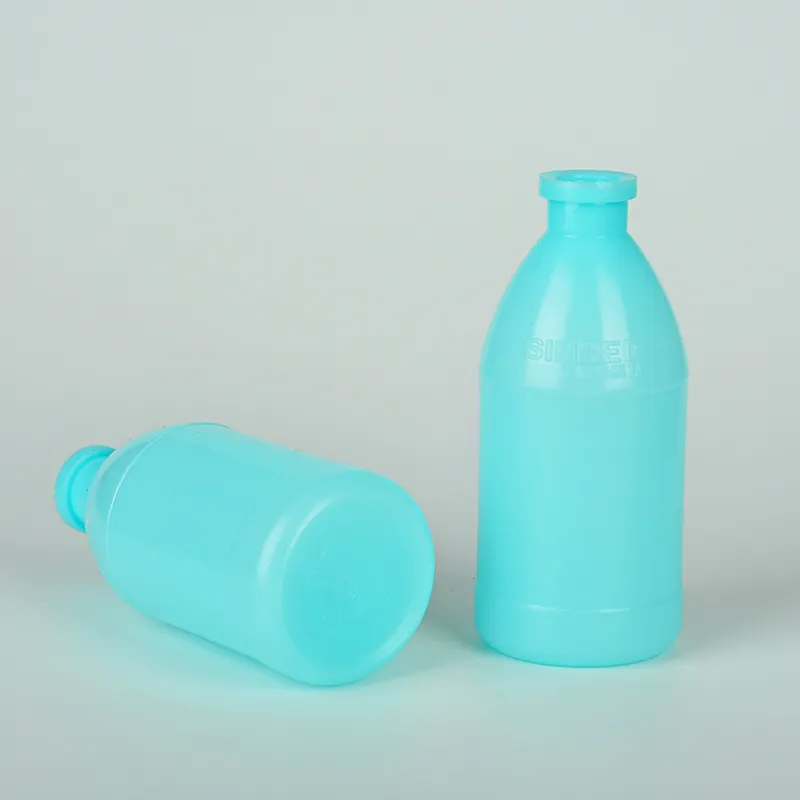
-
 Afrikaans
Afrikaans -
 Albanian
Albanian -
 Amharic
Amharic -
 Arabic
Arabic -
 Armenian
Armenian -
 Azerbaijani
Azerbaijani -
 Basque
Basque -
 Belarusian
Belarusian -
 Bengali
Bengali -
 Bosnian
Bosnian -
 Bulgarian
Bulgarian -
 Catalan
Catalan -
 Cebuano
Cebuano -
 Corsican
Corsican -
 Croatian
Croatian -
 Czech
Czech -
 Danish
Danish -
 Dutch
Dutch -
 English
English -
 Esperanto
Esperanto -
 Estonian
Estonian -
 Finnish
Finnish -
 French
French -
 Frisian
Frisian -
 Galician
Galician -
 Georgian
Georgian -
 German
German -
 Greek
Greek -
 Gujarati
Gujarati -
 Haitian Creole
Haitian Creole -
 hausa
hausa -
 hawaiian
hawaiian -
 Hebrew
Hebrew -
 Hindi
Hindi -
 Miao
Miao -
 Hungarian
Hungarian -
 Icelandic
Icelandic -
 igbo
igbo -
 Indonesian
Indonesian -
 irish
irish -
 Italian
Italian -
 Japanese
Japanese -
 Javanese
Javanese -
 Kannada
Kannada -
 kazakh
kazakh -
 Khmer
Khmer -
 Rwandese
Rwandese -
 Korean
Korean -
 Kurdish
Kurdish -
 Kyrgyz
Kyrgyz -
 Lao
Lao -
 Latin
Latin -
 Latvian
Latvian -
 Lithuanian
Lithuanian -
 Luxembourgish
Luxembourgish -
 Macedonian
Macedonian -
 Malgashi
Malgashi -
 Malay
Malay -
 Malayalam
Malayalam -
 Maltese
Maltese -
 Maori
Maori -
 Marathi
Marathi -
 Mongolian
Mongolian -
 Myanmar
Myanmar -
 Nepali
Nepali -
 Norwegian
Norwegian -
 Norwegian
Norwegian -
 Occitan
Occitan -
 Pashto
Pashto -
 Persian
Persian -
 Polish
Polish -
 Portuguese
Portuguese -
 Punjabi
Punjabi -
 Romanian
Romanian -
 Russian
Russian -
 Samoan
Samoan -
 Scottish Gaelic
Scottish Gaelic -
 Serbian
Serbian -
 Sesotho
Sesotho -
 Shona
Shona -
 Sindhi
Sindhi -
 Sinhala
Sinhala -
 Slovak
Slovak -
 Slovenian
Slovenian -
 Somali
Somali -
 Spanish
Spanish -
 Sundanese
Sundanese -
 Swahili
Swahili -
 Swedish
Swedish -
 Tagalog
Tagalog -
 Tajik
Tajik -
 Tamil
Tamil -
 Tatar
Tatar -
 Telugu
Telugu -
 Thai
Thai -
 Turkish
Turkish -
 Turkmen
Turkmen -
 Ukrainian
Ukrainian -
 Urdu
Urdu -
 Uighur
Uighur -
 Uzbek
Uzbek -
 Vietnamese
Vietnamese -
 Welsh
Welsh -
 Bantu
Bantu -
 Yiddish
Yiddish -
 Yoruba
Yoruba -
 Zulu
Zulu
different laboratory materials
Exploring Different Laboratory Materials
In the world of scientific research and experimentation, the choice of laboratory materials plays a pivotal role in ensuring accuracy, safety, and efficiency. From the simplest glassware to advanced synthetic materials, each type serves a unique purpose in the laboratory environment. Understanding the different laboratory materials is essential for researchers, educators, and students alike.
One of the most fundamental materials found in laboratories is glass, particularly in the form of beakers, flasks, and test tubes. Glass is favored for its non-reactive properties, allowing scientists to safely mix and heat a variety of chemicals without fear of contamination. Borosilicate glass, in particular, is widely used due to its high resistance to thermal shock, making it ideal for high-temperature experiments.
Plastic materials, such as polyethylene and polypropylene, have also become increasingly popular in laboratory settings. These materials are lightweight, unbreakable, and resistant to many chemical substances, making them suitable for various applications, including storage and transport of samples. Disposable plasticware, like pipettes and petri dishes, has revolutionized the way researchers handle samples, ensuring sterility and reducing contamination risks.
different laboratory materials

In addition to glass and plastic, metal materials are essential in many laboratory applications. Stainless steel, for example, is commonly used for tools, benches, and storage cabinets due to its durability and resistance to corrosion. It is also a preferred choice for instruments that require precision and strength, such as clamps and forceps.
Another category of laboratory materials includes ceramics, which offer unique advantages in specific applications
. Ceramics possess high chemical resistance and can withstand extreme temperatures, making them ideal for specialized equipment, such as crucibles and insulators.Moreover, the advent of advanced synthetic materials has expanded the range of laboratory tools available. For instance, silicone, rubber, and various composites are used in seals, gaskets, and tubing, providing flexibility and resistance to a wide array of chemicals.
In conclusion, the diverse range of laboratory materials—from traditional glassware to advanced polymers—enables scientists to conduct experiments with greater precision and safety. As technology continues to evolve, the development of new materials will undoubtedly enhance laboratory practices and expand the possibilities for scientific discovery. Understanding the characteristics and appropriate applications of different laboratory materials is crucial for anyone involved in research, ultimately contributing to the advancement of science.
-
Premium Metal Dropper Bottle for Precise Dispensing 250ml & 1ml Options AvailableNewsJul.04,2025
-
20 ml Headspace Vials - High Quality Polyethylene & Plastic Vials for Lab UseNewsJul.04,2025
-
Small Bottle with Pipette - Precise Dispensing 100ml Pipette Bottles for Essential Oils & Lab UseNewsJun.24,2025
-
Acetic Anhydride Bottle for Accurate Dropper Measurement in Pharmacy Use High-Quality Dropper BottlesNewsJun.10,2025
-
Innovative PET Bottle Design for Juice – Unique Shapes & Customization OptionsNewsJun.10,2025
-
20 Pack Sterilized Petri Dishes – Assorted Sizes, High Quality Small Plastic Petri Dishes for Lab UseNewsJun.10,2025






















